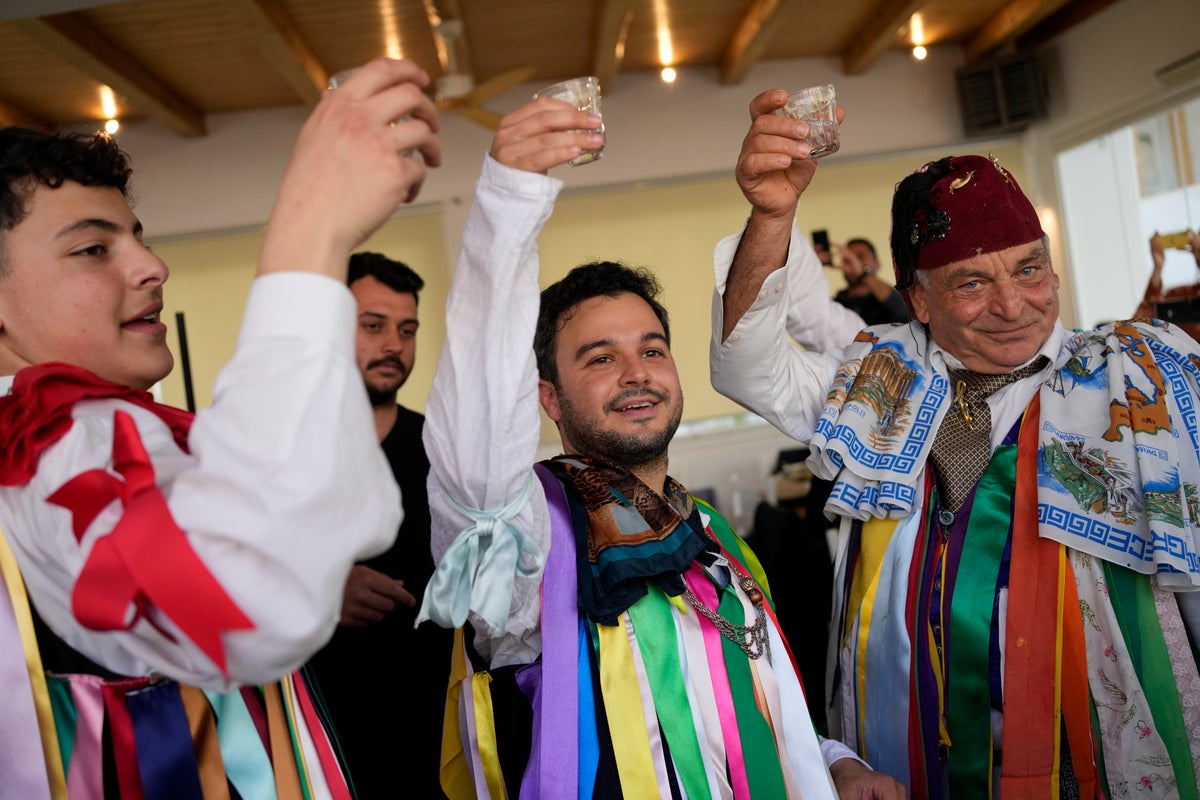
Throngs of revelers across Greece attended end-of-Carnival celebrations this weekend for the first time in four years.
The COVID-19 pandemic prevented the festivities held before the beginning of Lent in 2020, 2021 and 2022.
On the island of Naxos, which hosts some of the most colorful Carnival events in Greece, the number of young people taking part soared this year.
Many of the customs observed are based on rituals from celebrations of the changing seasons that predate antiquity, while others are more recent.
In the latter category is the Lampadiforia, or Torch Parade, held on Naxos that features a procession of young men and women holding torches on poles and with their faces painted to resemble black-and-white masks.
It first took place on the Saturday night preceding Lent in 1994, dreamed up by young members of a local cinema club. About 50 of them went out into the street that year, screaming and dancing while holding torches, and startling other people as they paraded toward the Temple of Apollo.
This year, well over 2,000 torch bearers joined the parade, dancing to the beat of drums along the maze of the narrow streets in old town Naxos to a central square where a scarecrow was burned.
In other parts of Naxos and mainland Greece, young men wearing cow bells and carrying a phallic symbol — a common feature of ancient rites celebrating spring — danced their way to village squares on Sunday.
Other customs included young men wearing folk costumes and holding thick canes making their way to neighboring villages, where they invite local women to dance. The women, in turn, offer the men local delicacies and wine.
In Orthodox Christian countries, Lent, as well as Easter, are celebrated at different times than in primarily Catholic countries because they use different calendars. Greek Orthodox Easter is usually a week later than Catholic Easter.
Carnival celebrations also took place this weekend in Cyprus.







